
Until now, noisy and power-guzzling building dryers have normally been the only way of repairing water damage to apartments from leaking pipes or following heavy rain and flooding. The “FastDry”® technology developed by Fraunhofer researchers requires significantly less energy and works at least as quickly as conventional systems. The idea that underpins the technology is incredibly simple. Damp walls are a massive problem. Moisture compromises the indoor climate of living spaces and encourages the growth of mold that is hazardous…
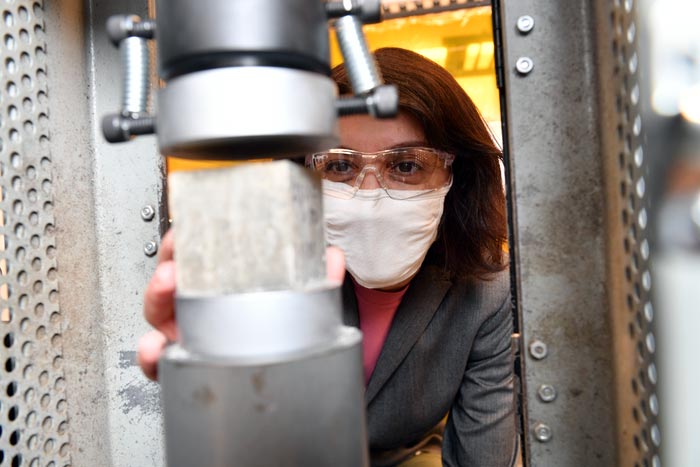
Putting nanoparticles from shrimp shells into cement paste made the material significantly stronger — an innovation that could lead to reduced seafood waste and lower carbon emissions from concrete production. Reporting in the journal Cement and Concrete Composites, a team of Washington State University and Pacific Northwest National Laboratory researchers created nanocrystals and nanofibers of chitin, the second most abundant biopolymer in nature, from waste shrimp shells. When these tiny bits of chitin, which are about 1,000 times smaller than a human…

FINEST project selected in the Helmholtz Association’s sustainability challenge. Industrial processes are inevitably associated with the generation of fine-grained residues. These rarely find re-entry into the industrial value chain. Typically, they are disposed of and represent a potential environmental risk. In the FINEST project, coordinated by the Helmholtz Institute Freiberg for Resource Technology (HIF) at the Helmholtz-Zentrum Dresden-Rossendorf (HZDR), various fine-grained material streams of anthropogenic origin are being recorded and investigated. The investigations aim to develop novel concepts for their…

What if you could power the smart thermostats, speakers and lights in your home with a kitchen countertop? Stones, such as marble and granite, are natural, eco-friendly materials that many people building or renovating houses already use. Now, in a step toward integrating energy storage with these materials, researchers have fabricated microsupercapacitors onto the surface of stone tiles. The devices, reported in ACS Nano, are durable and easily scaled up for customizable 3D power supplies. It would be convenient if…
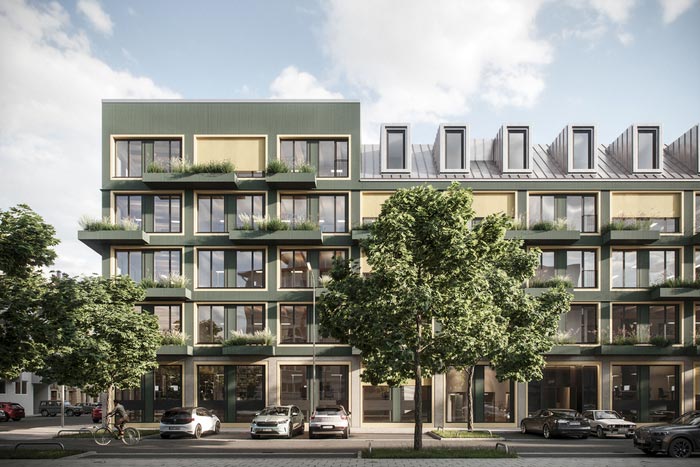
Practice-based architecture study reveals importance of wood as sustainable building material for cities – appeal for colored and planted façades – “Vinzent” reference project in Munich. Wood as a building material has deep roots in the cultural memory of many regions. A study by Karlsruhe Institute of Technology (KIT) now shows how much future building with wood opens up. Considering the cultural, technical, and design aspects of building with wood, the study examines how timber construction can make a comeback…

The European Union wants the Life Cycle Assessment of buildings to be given more significance in the future, and the EU Taxonomy creates a systematic basis for this: It defines criteria for evaluating investments, including for the climate change mitigation objective of the taxonomy. Researchers from the Fraunhofer Institute for Building Physics IBP worked together with a business partner to develop a software suite that combines ecological indicators and economic calculations for investments. This has an influence on banks’ lending…
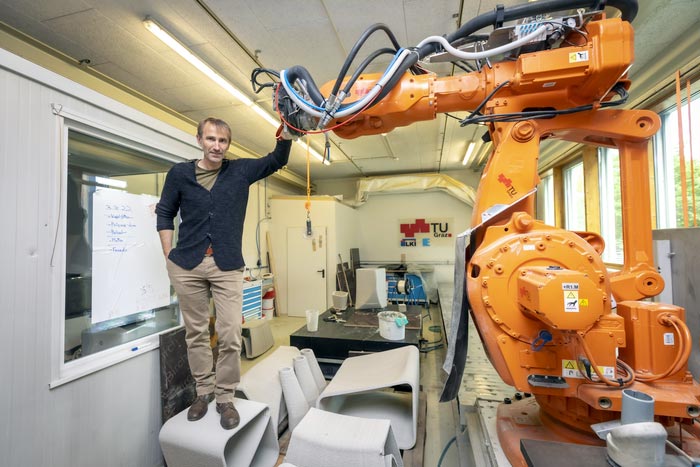
How concrete 3D printing saves material and CO2. “As soon as climate compatibility comes into play we have to look at mineral building materials. And this is where the really big CO2 potential savings can be increased.” says Andreas Trummer, expert in concrete 3D printing at TU Graz. Concrete is the most widely used building material in the world. It can be used in many ways, can be produced locally and is very durable. Its environmental performance, on the other…
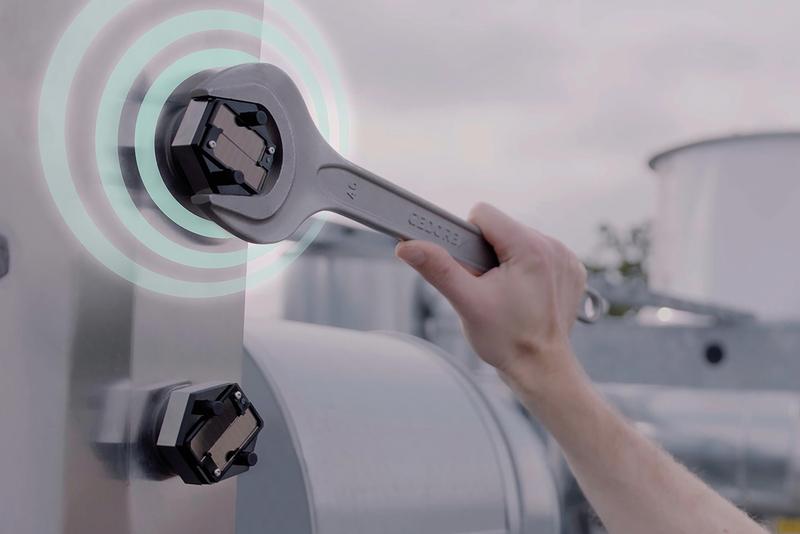
Screw connections on critical infrastructures are exposed to major stresses and must therefore be checked on a regular basis. Researchers at the Fraunhofer Cluster of Excellence Cognitive Internet Technologies CCIT have now developed a technology that allows the stability of the screw connections to be checked at any time by remote monitoring. This increases safety and reduces the time and effort spent on inspections. We come across screws almost everywhere. For instance, on cranes, scaffolding, high-rise buildings, bridges, wind turbines…
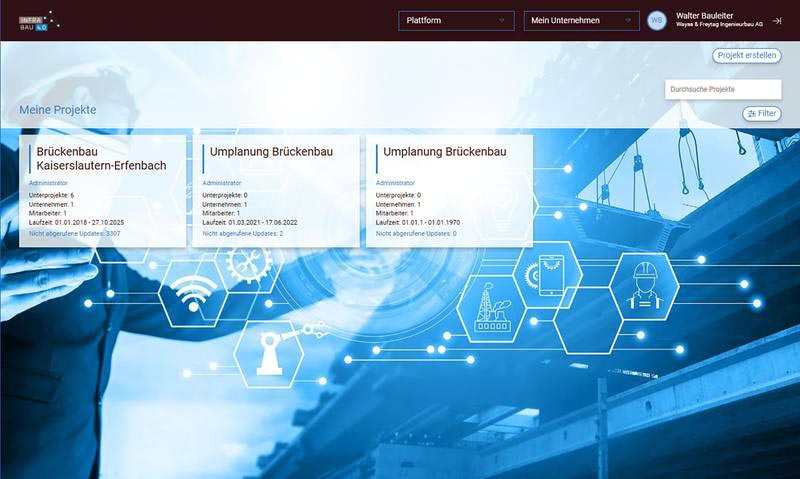
Large-scale construction projects usually involve extensive coordination. In practice, however, the way in which information is exchanged between construction stakeholders often ends up being an inconsistent multistep process. Now, a consortium project under the technical and scientific leadership of the Fraunhofer Institute for Experimental Software Engineering IESE is working on a digital solution in the form of the Infra-Bau 4.0 platform, which establishes a network that takes in every stakeholder in an infrastructure project. It provides a means of mapping…
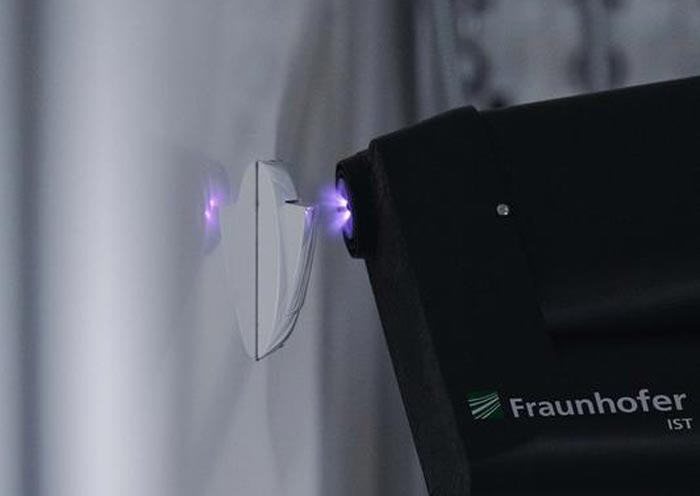
A reduced risk of infection and, as a consequence, a decrease in new infections are goals that have become even more important during the Corona pandemic. One important factor thereby is the cleaning and disinfection of potentially contaminated surfaces. In the “MobDi – Mobile Disinfection” project, 12 Fraunhofer institutes collaborated on the development of new technical solutions for efficient and target-oriented robot-based disinfection. The Fraunhofer Institute for Surface Engineering and Thin Films IST developed a modular plasma system which can…

Photogrammetry and skeleton extraction as design tools for living architecture. More urban green helps to cool down cities. Baubotanik (bau = construction + botanik = botany) is a construction method that incorporates living trees into architectural structures. Specialists in this field at the Technical University of Munich (TUM) envision the use of trees to enhance the functions of the built environment. They use trees for structural purposes as supports for pavilions or balconies or in green facades to benefit the…
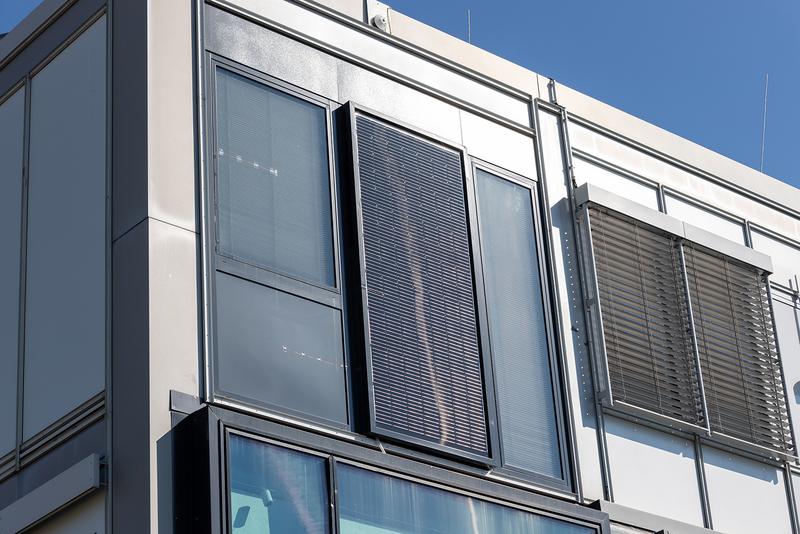
… supplies buildings with renewable energy. The rate of renovation in the building sector is still too low to achieve the energy transition by the target date set by the German federal government. However, increased use of prefabricated components can help accelerate this process. Researchers at the Fraunhofer IBP and the Fraunhofer IEE are developing a facade module that integrates the technical building equipment and supplies it with renewable energy to heat, cool and ventilate the adjoining rooms. This is…

A testing facility for optimizing concrete roadways has been inaugurated at the University of Stuttgart. 70 percent of passenger and freight traffic today goes by road. Road surfaces made of concrete are especially well suited for the high stresses this involves, because they are both robust as well as long-lasting and can be recycled in high quality at the end of their lifespan. However, it would be preferable if replacement cycles were even longer, because this would save on resources…
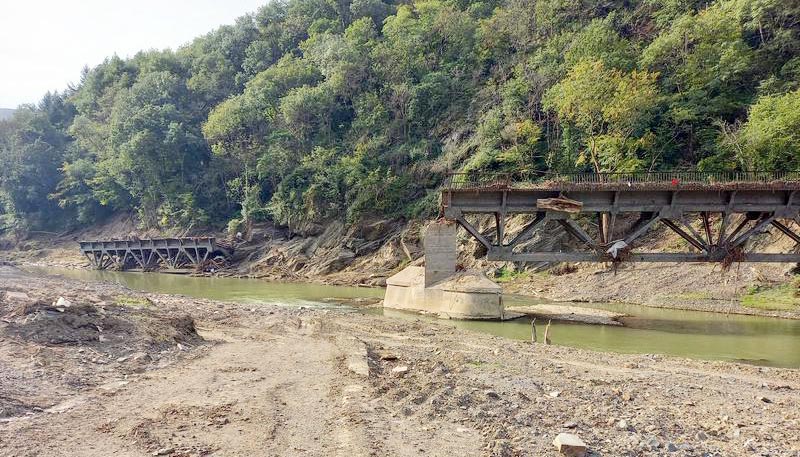
In carrying out the rebuilding work in the disaster areas along the River Ahr and other rivers in North-Rhine Westphalia, how can settlements and infrastructure be adapted to future heavy rain events and floods in order to reduce the numbers of victims and the amount of damage caused? This is being investigated by a team led by the spatial planner Prof. Jörn Birkmann from the University of Stuttgart and the water management expert Prof. Holger Schüttrumpf from RWTH Aachen. The…
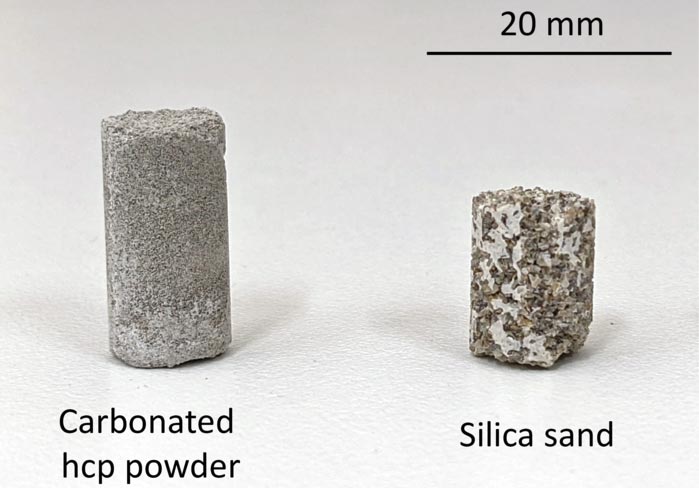
Recycled concrete and CO2 from the air are made into a new building material. A new kind of concrete could reduce emissions from the construction industry. Calcium carbonate concrete is made from waste concrete and carbon dioxide from the air or industrial exhaust gases. It shows promise as a future construction material, especially in places where natural resources are limited. The modern world is built from concrete. Every tall building in every city on Earth uses the durable and versatile…

Boasting an intricate, doubly curved concrete roof, lightweight funicular floors, and self-learning building technology, the latest addition to Empa and Eawag’s NEST research building in Duebendorf, Switzerland officially opened today. The innovative unit illustrates nearly a decade of formative ETH Zurich research in architecture and sustainable technologies. HiLo, the latest NEST unit, combines medieval building principles with futuristic construction methods: the two-storey building module with its striking, doubly curved concrete roof and novel, lightweight funicular floor system was inspired by…